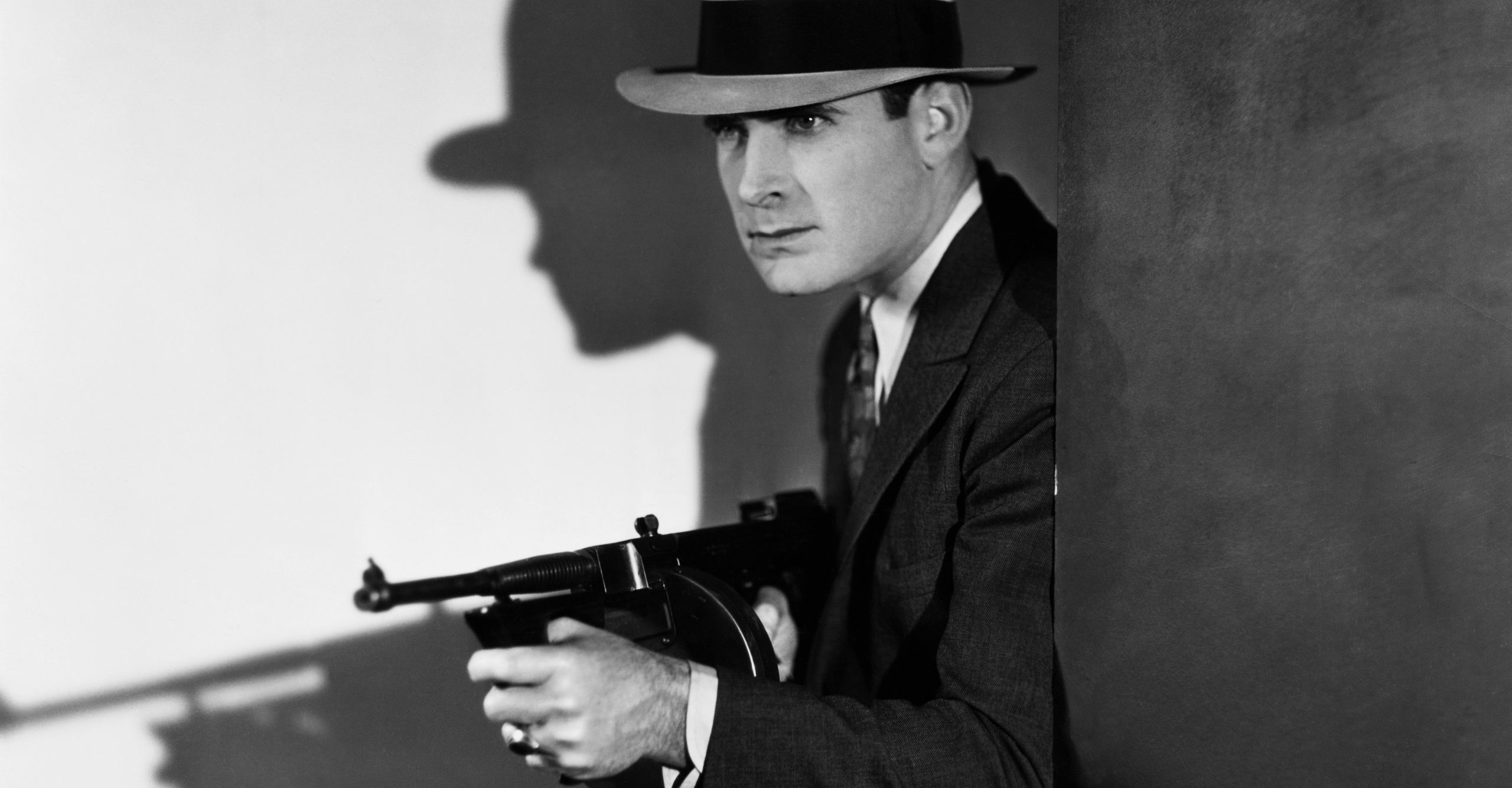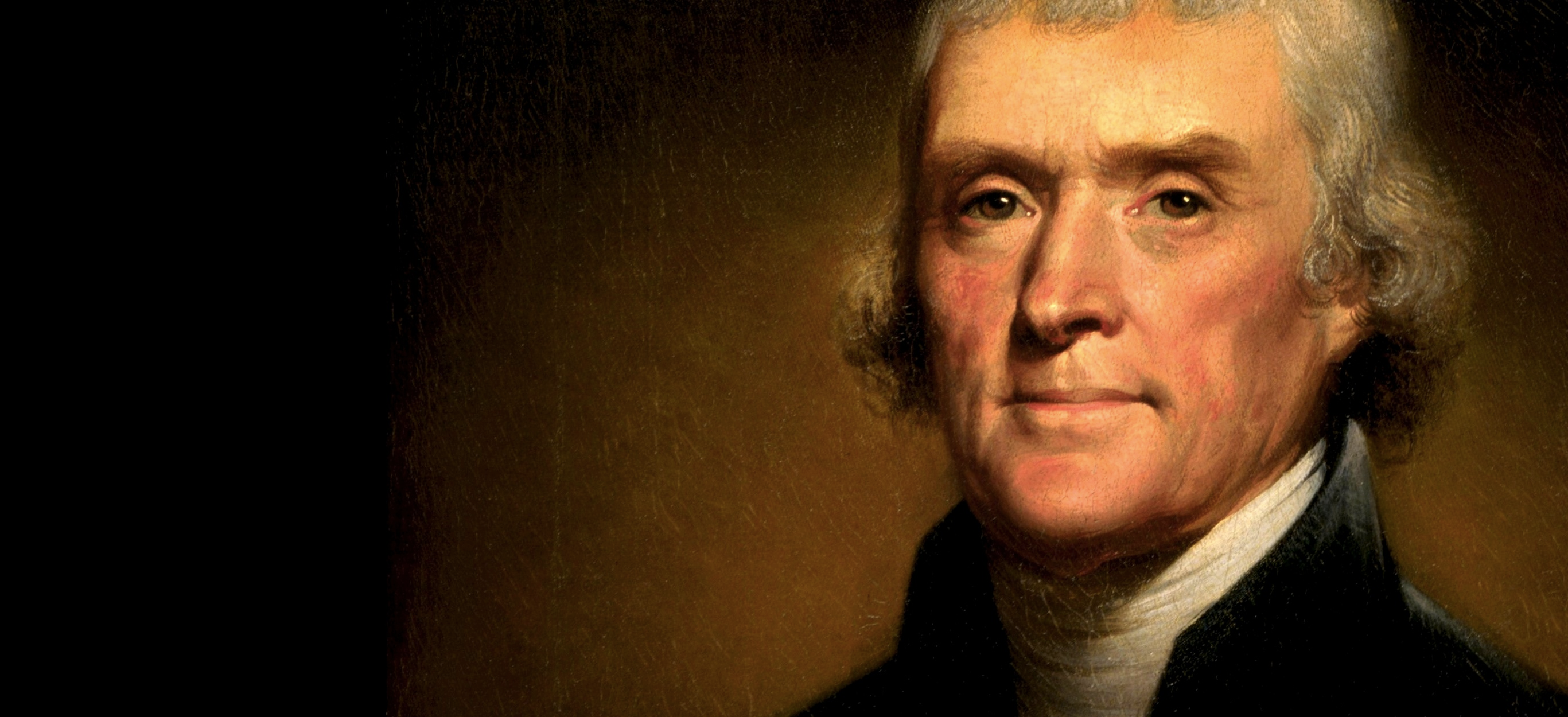For the first time in a decade, the firearms industry has become a primary target in the gun debate. The presumptive Democratic presidential nominee Hillary Clinton regularly hammered Bernie Sanders during the primaries over his vote for a 2005 law that grants gun manufacturers and retailers broad immunity from liability lawsuits. And the families of Sandy Hook victims are now challenging that legislation in a lawsuit against Remington, the parent company for the Bushmaster rifle used by the gunman in the 2012 elementary school rampage.
This focus on manufacturers recalls earlier times, when gun reform measures targeted gun makers, not gun owners. In the early 20th century, the gun industry saw pursuing commercial sales as the most prudent path to long-term solvency, following near ruin in the aftermath of World War I. Gun makers also viewed some proposed federal firearm restrictions, such as a ban on submachine gun sales to civilians, as a reasonable tradeoff for shielding handgun manufacturing from regulation.
In the aftermath of the war, the National Rifle Association had not yet developed into a full-fledged lobbying organization, but had already begun to articulate the ideology that defines the group today. Confronted with federal regulation that sought to restrict access to certain types of military-style firearms, as well as taxes on handguns, the NRA rallied its members in opposition. Its stance was less categorical than it is today, as the organization declared itself “absolutely favorable to reasonable legislation” that confined itself to submachine guns and sawed-off shotguns, exclusively. At the same time, the group was developing the argument that gun restrictions on any kind of firearm were the first step on a slippery slope to a federal registry and excessive gun taxes.
“Every rifle and shotgun owner in the country will find himself paying a special tax and having himself fingerprinted and photographed for the federal rogues gallery every time he buys or sells a gun of any description,” reads a letter from the NRA to members in 1934, seeking to rally support against what would become the first attempt at federal gun regulation.
World War I transformed American attitudes about guns. More than 17 million people had died in the conflict, which marked the introduction of highly lethal weapons like machine guns, capable of killing scores of soldiers in minutes. On the home front, bootlegging violence soared after the war, with the rise of powerful gangs that settled disputes with deadly submachine gun shootouts.
These factors helped shape new efforts to restrict the sale of guns by attacking manufacturers.
In 1922, the American Bar Association recommended the closure of factories that made civilian firearms and pistols, using the slogan, “If nobody had a gun, nobody would need a gun.”
Two years later, Congress debated a measure that would ban the shipment of pistols and small firearms through the U.S. postal service. The rationale behind the legislation was that since the arms industry was geographically concentrated in New England’s Connecticut valley region — headquarters of Winchester, Colt’s, and Smith & Wesson, three of the largest gun makers in the U.S. at the time — a ban on the shipment of guns would effectively bankrupt it. (The Mailing of Firearms Act passed in 1927, but the gun industry circumvented it by using private shipment services.)
Over the next decade commentators floated the idea of nationalizing the gun industry and doing away entirely with a for-profit, commercial firearms business. A writer for the liberal-leaning Christian Century argued that keeping firearms production in “the hands of private profit seekers” was a form of “insanity.” The specter of a nationalized gun industry was a prominent enough idea at the time that it even haunted the lavish Remington centennial banquet. Its keynote speaker decried the “theory that the government should own and operate arms and munitions plants.”

In 1934, Congress began debating the National Firearms Act, legislation intended to stop the proliferation of machine guns and other weapons used by gangsters like Al Capone.
At a congressional hearing, Colt’s vice president Frank Nichols described himself as a “plain, ordinary businessman, and sometimes not a very good one,” rather than a defender of gun rights or an advocate for principle. He said he saw no reason that submachine guns should ever be manufactured or sold to civilians.
Fifteen thousand Tommy guns had been sold on the U.S. civilian market in the first place only because intended foreign military contracts had fallen through, Nichols said.
He argued against the imposition of new taxes on pistols under the bill, as had been originally considered, saying that gun dealers wouldn’t be able to afford the higher costs. He said he doubted that Colt’s “would be justified in continuing this small arms business” if those measures were adopted.
Nichols warned that if the gun industry could not make a profit in peacetime, through unfettered commercial sales, it would not be available to meet public defense needs if war broke out. “We cannot maintain a plant to assist the government in case of war, unless we can stay in business,” he said.
The NRA took a different line against the legislation. Though it had a small lobbying presence, it asked its large membership — in a now standard tactic — to write their elected representatives stating opposition to the bill, following a template.
The letter introduces an early version of a slippery slope argument that the NRA has used to oppose much of gun control legislation ever since. It surmised that once the attorney general had this law, directed against submachine guns, he could go to the next Congress and argue for an amendment to include “any firearm.”
Congressional committee members said they felt “bombarded” by the ensuing telegrams, and found this approach novel enough to merit comment and complaint. Representative John McCormack of Massachusetts asked Milton Reckord, the NRA’s executive vice president, if his members had “blindly followed” its language and directive. Reckord replied, “I would not say blindly.”
At another hearing, Milton Frederick, the NRA president, said decisions about whether to ban submachine guns and impose new taxes on pistol sales should be left to the states. “I am just as much against the gangster as any man … but I do not believe we should burn down the barn to destroy the rats.”
Frederick said he had “grave doubts” about the effectiveness of any legislation. “In my opinion most of the proposals on the regulations of firearms do not reach the crook at all … but reach the common man.”
After President Franklin D. Roosevelt signed the National Firearms Act into law, Joseph Keenan, the assistant U.S. attorney general, noted differences between the tactics of the NRA and the gun industry. Keenan chided the “opposition to rules and regulations” that came from “those whom we term hobbyists,” represented by the NRA. By contrast, he noted, the gun industry had “shown a splendid spirit of cooperation.”
That spirit of government cooperation would later evaporate. There is now much less daylight between the NRA and the firearms industry on gun policy.
In 1999, Smith & Wesson devised a sweeping code of ethics for its dealers in response to a threatened lawsuit. The company nearly went bankrupt after an NRA-led boycott. But the NRA also rallied to the industry’s defense when many cities and municipalities filed liability lawsuits against it.
“Your fight has become our fight,” then-NRA president Charlton Heston declared before a crowd of gun company executives at the annual SHOT Show, the industry’s biggest trade show. “Your legal threat has become our constitutional threat,” he said.
Pamela Haag is the author of The Gunning of America: Business and the Making of American Gun Culture.
[Photo: John Springer Collection/CORBIS/Corbis via Getty Images]

